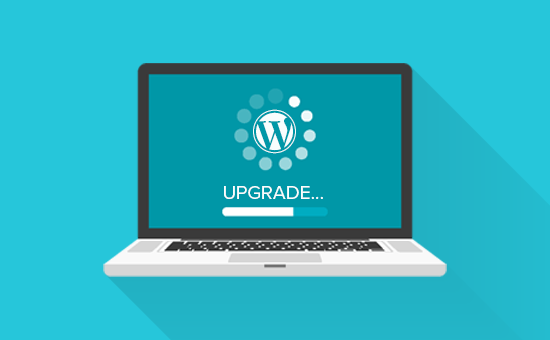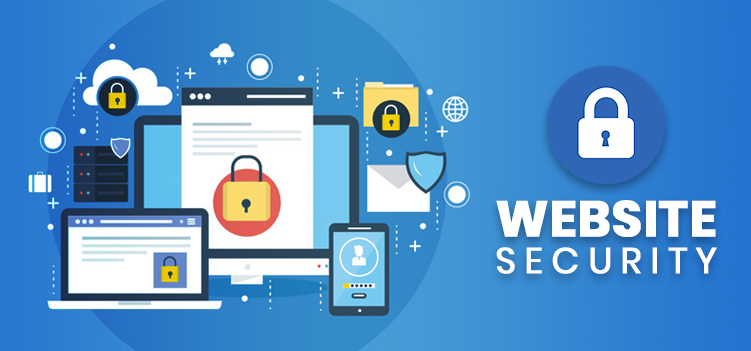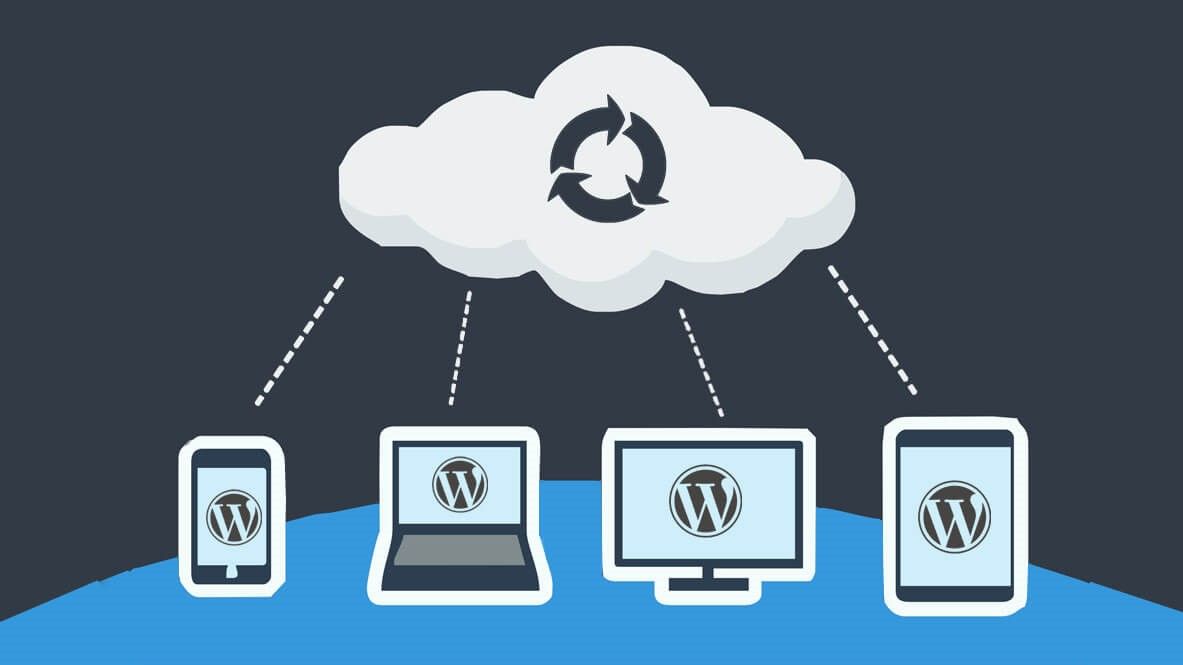The WordPress content management system (CMS) powers roughly 40% of all websites on the internet, making it the most popular CMS by market share. While the platform’s popularity ensures that it receives strong support from both internal and external developers, it also makes WordPress websites an appealing target for scammers and hackers.
If you are concerned about the security risks of using WordPress, keep in mind that the CMS itself is secure — it simply requires customization and good management to minimise vulnerabilities caused by the platform’s open-source nature.
Read on to learn more about WordPress security vulnerabilities and how you can prevent them.
Importance of WordPress Security Best Practices
Using best practises for WordPress website security can help prevent unauthorised access or hacked websites. This open-source CMS provides users and developers with transparency into the underlying code, but it also allows bad actors to exploit WordPress vulnerabilities. For example, default WordPress configurations place the administrative login on a fixed page, making it accessible to hackers. As a result, WordPress developers recommend changing the name of the login page to something less obvious to those looking to steal your information.
Common WordPress Security Vulnerabilities and Risks
WordPress security issues are divided into five major categories, each with its own method of granting hackers access to WordPress sites. Fortunately, each of these vulnerabilities in your WordPress site is easily remedied.
1. Outdated WordPress Core, Plugins or Themes
WordPress vulnerabilities include outdated core, plugins, and themes. When problems arise, the WordPress security team and plugin and theme developers typically release updates to address them; however, this very release can expose WordPress security vulnerabilities to the public, including hackers and scammers. This means that the sooner you update outdated core installations, plugins, and themes, the better your chances of keeping WordPress secure are. The key to avoiding this type of security threat is to keep your WordPress installation, themes, and plugins up to date, as well as any background software.

2. Brute Force and DDoS Attacks
Brute force attacks are another common WordPress security issue. As previously stated, leaving the WordPress login page on the default URL after installation allows hackers to gain access to your website via a brute force attack. This usually happens when they use a trial-and-error method to enter various username and password combinations until they successfully log in.
Even if these attacks fail, they can overload your server and bring your WordPress website to a halt. Secure passwords that use uppercase and lowercase letters, as well as numbers and symbols, aid in the prevention of these attacks, as does hiding your WordPress login page. Limit login attempts and enable two-factor authentication to further reduce security threats.
Distributed denial of service (DDoS) attacks occur when hackers send a large number of requests to a web server, causing it to slow and eventually crash. These organised attacks, which use multiple infected machines from around the world, have the potential to cost your company a lot of money. Fortunately, a good web host, such as WPDevCare, mitigates these types of attacks by managing web server security and responding to suspicious activity.
3. File Inclusion and MySQL Database Exploits
Software exploits that target PHP vulnerabilities The software that runs your WordPress site or your MySQL database can also aid hackers in gaining access to your WordPress site. Hackers typically attack these background elements via a file inclusion export or SQL injection. Both methods allow hackers to inject remote files into your website’s files via outdated versions, giving them access to your WordPress configuration file and the ability to change anything they want.
Using a managed host like WPDevCare that is experienced in dealing with common WordPress security issues is an easy way to prevent file inclusion exploits or fix SQL injection issues. To keep hackers out, a well-managed WordPress host keeps these critical background files up to date.
4. Poor Security and Credentialing
Poor security and credentialing is another way for hackers to gain unauthorised access. When you create your website, your WordPress dashboard allows you to create five user roles, each with a different level of access — administrator, editor, author, contributor, and subscriber. Administrator accounts are the most powerful, granting hackers complete access to your website and allowing them to change everything from site files to the bank account where your e-commerce sales are deposited. The most important way to prevent unauthorised access is to be cautious with login credentials, ensuring that administrative user credentials are only assigned to those you trust with your WordPress website.
5. Cross-Site Scripting
Cross-site scripting is also known as XSS attacks, cookie theft, and hijacking session attacks. Unfortunately, these flaws are all too common in WordPress plugins. These attacks work by finding ways to get victims to unknowingly load insecure JavaScript on web pages. Cross-site scripting attacks, unlike SQL injections and other malicious software, steal data from browsers, particularly by hijacking forms hosted on your WordPress site.
They then employ this hack to steal login credentials in order to gain access to a user account. To avoid cross-site scripting, ensure that website data is properly validated and that output sanitization is used — or simplify the process with a WordPress security plugin recommended by your web host.
Tips on How to Protect Your WordPress Website
1. Change your passwords regularly and use a strong password generator
WordPress site passwords are your site’s first line of defence against unauthorised access. The longer and more complex a password is, the more difficult it is to guess or crack.
Most people do not change their passwords frequently enough, and they use passwords that are easily guessed words or phrases. Hackers can easily gain access to your site as a result of this.
2. Use two-factor authentication
When logging in, two-factor authentication (2FA) requires users to provide a second piece of information in addition to their username and password.
This can be as simple as a code sent to your phone via text message or as complex as a token-based system.
3. Install a security plugin to help protect your website from malware and hackers
Security plugins are an important part of keeping your website safe from malware and hackers. They function by scanning your website for vulnerabilities and repairing them, as well as providing additional security features such as malware scanning and firewall protection. There are numerous security plugins available, so it is critical to select one that is appropriate for your needs.
4. Use an SSL certificate to encrypt your website’s traffic
An SSL certificate is a digital certificate that verifies a website’s identity and encrypts traffic between the user and the site. This is significant because it protects users’ data from prying eyes, such as hackers and government surveillance.
5. Back up your website regularly in case of data loss or hacking
A website can be hacked and data lost, so it’s critical to back up your site on a regular basis to protect your work. Backing up your site entails creating duplicates of all the files that comprise it. Documents with any content are included, in addition to graphics, text, and other media files.
6. Update WordPress and plugins when new versions are released
It’s critical to keep your WordPress website and plugins up to date. Security patches and bug fixes are frequently included in updated versions, which can help protect your site from hackers and malware. Furthermore, updated versions may include new features or enhancements that improve the user experience on your website.
7. Restrict access to your website’s admin area only to trusted users
Restricting access to your website’s administration area is an important step in keeping your site secure. You can help prevent unauthorised changes or access to your site’s sensitive data by allowing only trusted users access.

Eliminating WordPress Security Vulnerabilities and Risks
WPDevCare understands WordPress security vulnerabilities and risks and works hard to keep your site up and running. A well-managed web host also handles other threats to your site’s security, such as malware and phishing attempts, and performs daily security scans, keeps your WordPress themes, plugins, and core up to date, and provides daily backups so you can revert to a good version if your site’s database is hacked.
Keeping your WordPress website free of common security flaws and risks allows you to enjoy maximum uptime, which is beneficial to your business. WPDevCare offers three levels of service and security to meet your needs and does all of the heavy lifting for you when it comes to installing and maintaining your WordPress installation. Connect with us today to learn more about what we can do for you.






